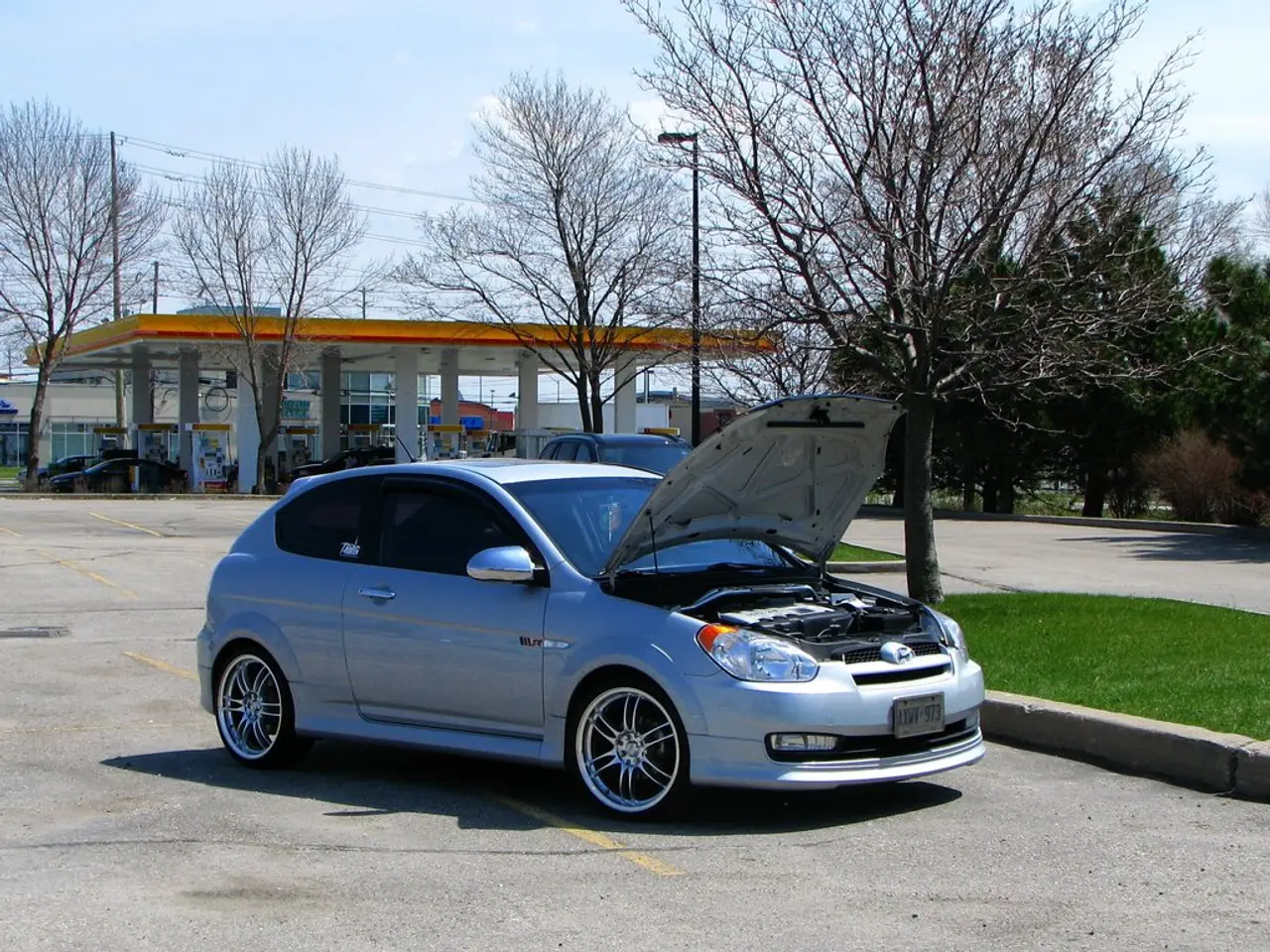Decrease in Renewable Energy Production Anticipated to Reach 5.4 Percent by June - Decrease in renewable power generation predicted by June, amounting to a 5.4% drop
In a surprising turn of events, renewable energy generation in Germany experienced a decrease of 5.4 percent from the first half of 2024 to the same period in 2025. This decline was primarily due to reductions in wind and hydropower output, according to recent reports.
Despite having a substantial onshore wind capacity of approximately 61.9 GW in 2024, wind power output saw a significant drop. Variability in wind resources, maintenance issues, and revisions to reported generation capacity are among the factors contributing to this decline. The global hydropower capacity and generation figures were also revised downward in 2024 by IRENA, reflecting similar trends in Germany. Reduced water availability or revised capacity assessments could be the culprits behind this decrease in hydropower.
However, the story isn't all doom and gloom. The increase in solar power generation during the same period can be attributed to the continued expansion of solar capacity, supported by Germany’s strong and growing solar photovoltaic (PV) installations. In fact, solar was the largest source of renewable capacity globally in 2024, accounting for approximately 42% of total renewable capacity. Germany has seen consistent growth in solar PV sites and capacity, helping solar power compensate for the reductions in wind and hydropower.
In the first half of 2025, onshore wind power generation fell by 18 percent compared to the same period last year. However, solar power generation saw a significant increase, with electricity generation rising by 23 percent to around 47 billion kilowatt-hours. The installation of wind power plants accelerated in the first half of 2025, with 2.2 gigawatts of wind energy capacity connected to the grid from January to June. Despite this, an additional 0.1 gigawatt of wind energy capacity was installed compared to the same period last year.
The increase in solar power generation is attributed to the further expansion of solar plants and an above-average number of sunny hours since March. Renewable energies covered more than 54 percent of Germany's gross electricity consumption in the first half of 2025, with wind power accounting for approximately 23.4 percent. However, hydropower generation decreased by 29 percent in the first half of 2025 due to significantly lower rainfall since February, marking the lowest level of hydropower generation in 20 years.
This dynamic reflects seasonal and operational factors impacting wind and hydro resources, as well as policy and investment trends favoring solar expansion. As we move forward, it will be interesting to see how these trends continue to evolve in Germany and beyond.
- The decrease in renewable energy generation, specifically wind and hydropower, provides a challenging context for adhering to the community policy goals for energy, as Germany aims to achieve a more sustainable energy mix.
- The finance sector may find potential investment opportunities in the expansion of solar energy industry, given the significant increase in solar power generation and continued solar PV installations in Germany.




